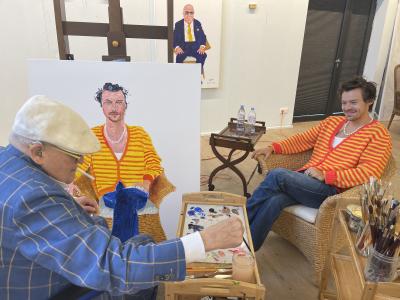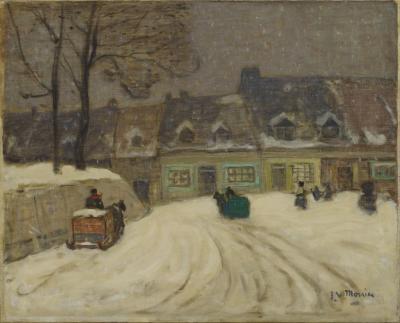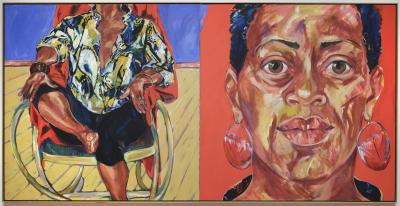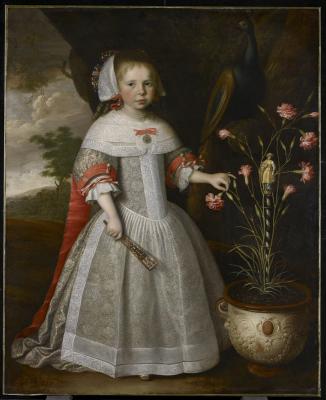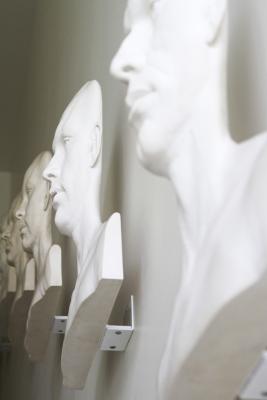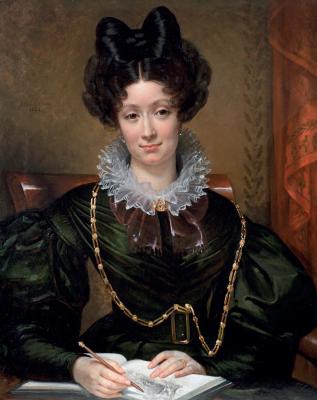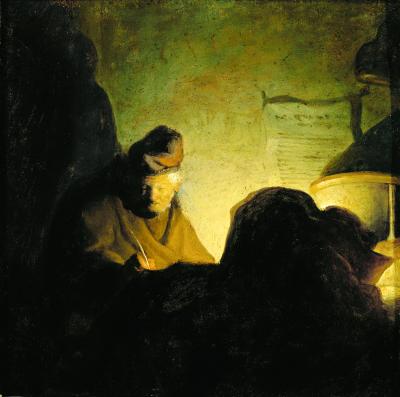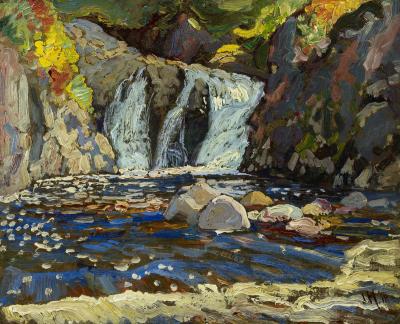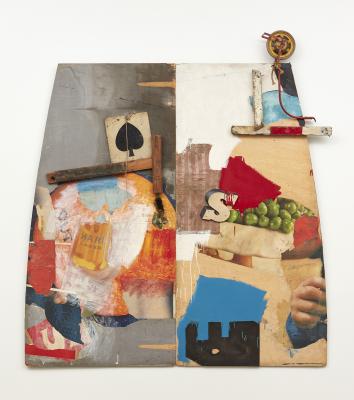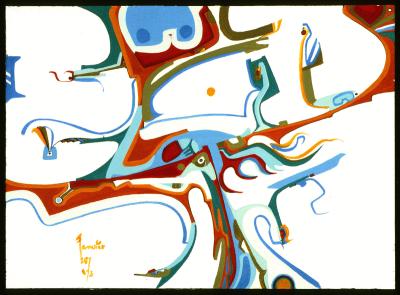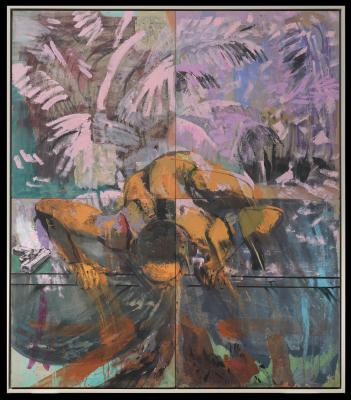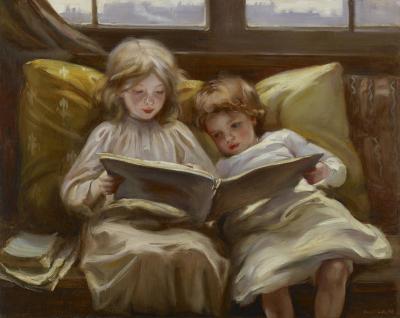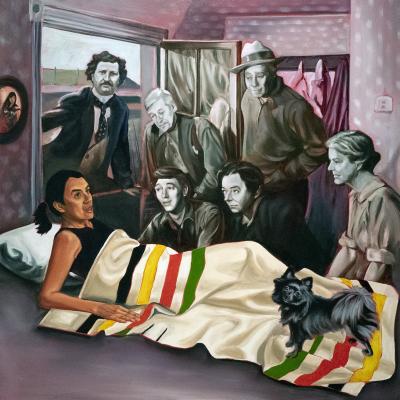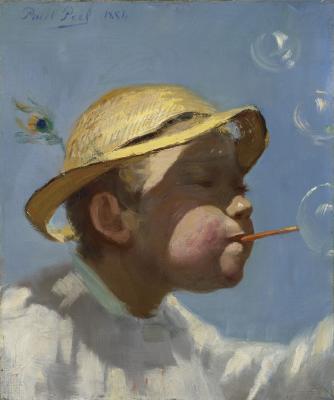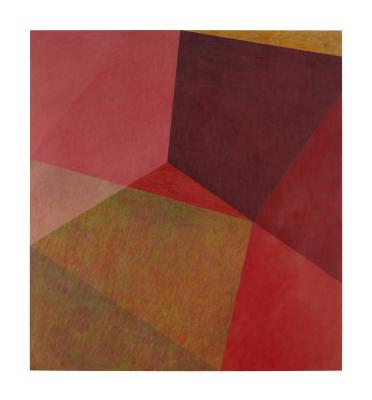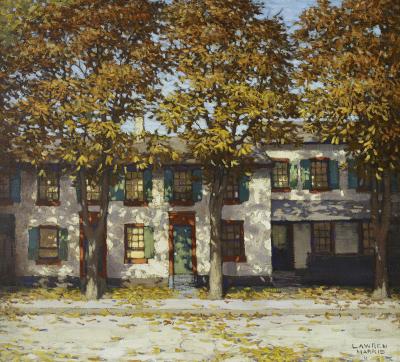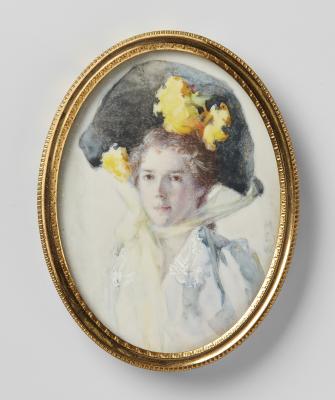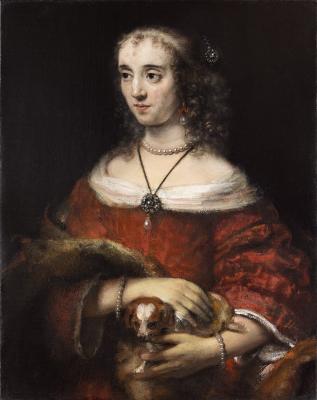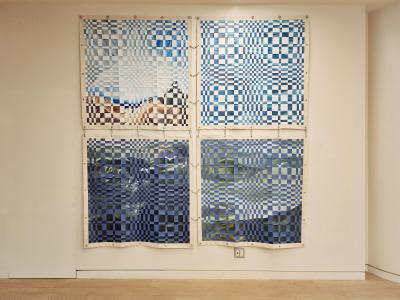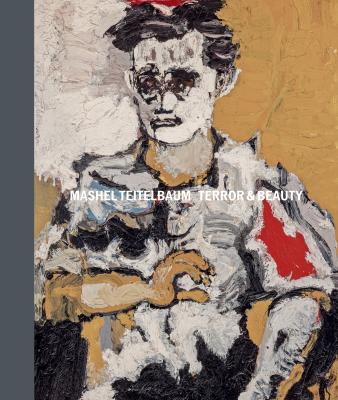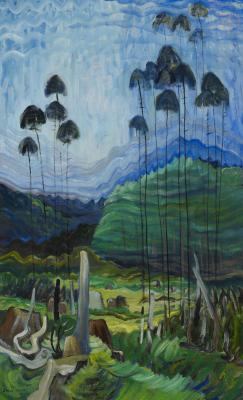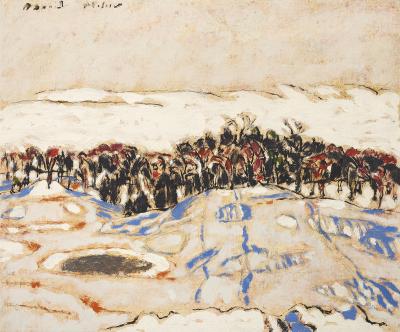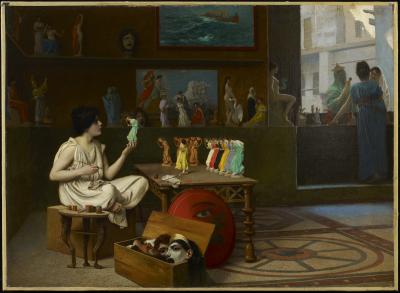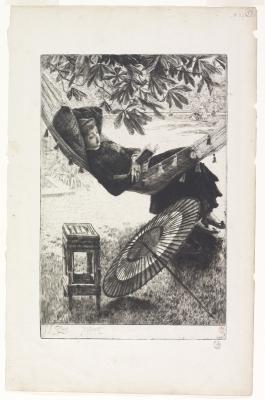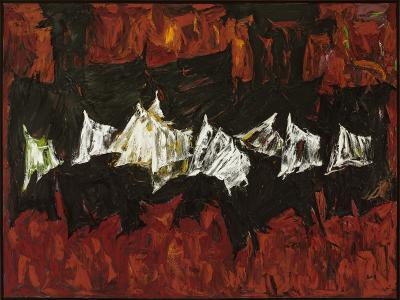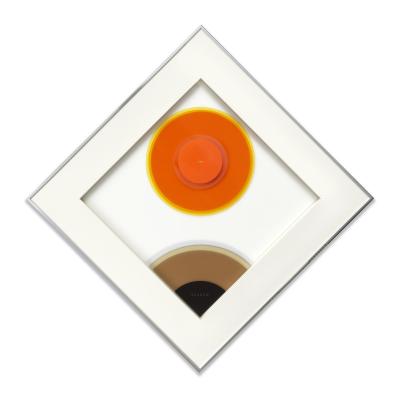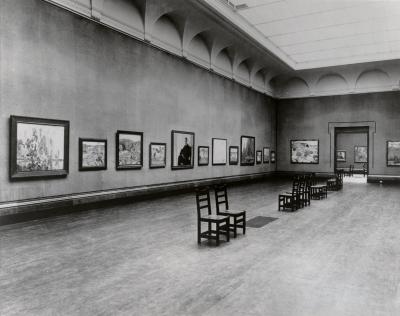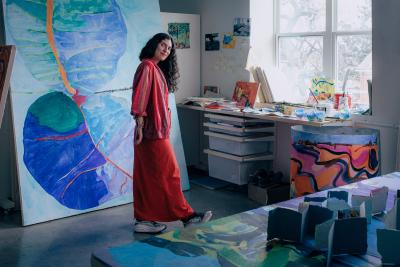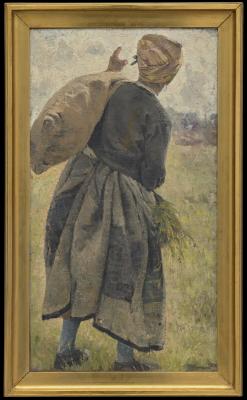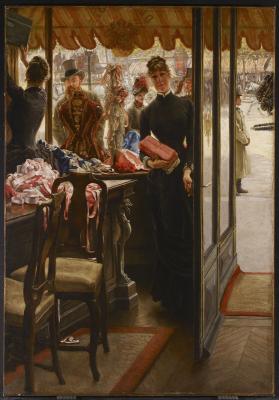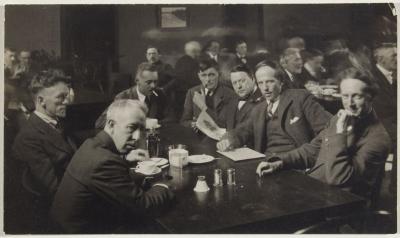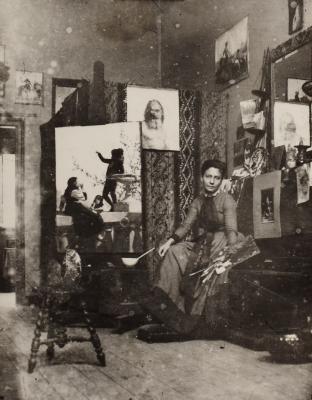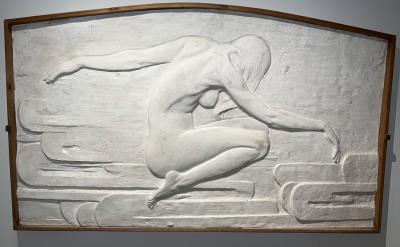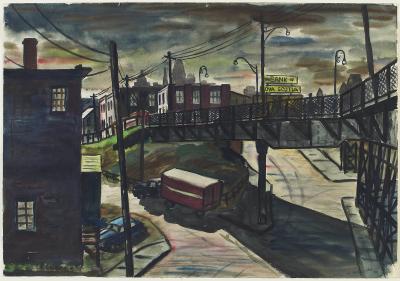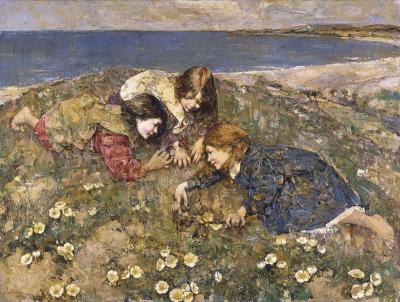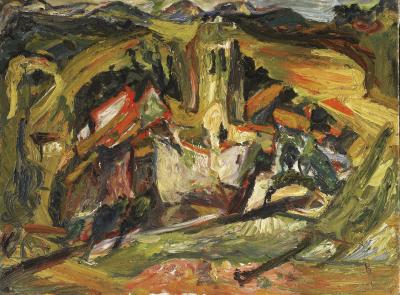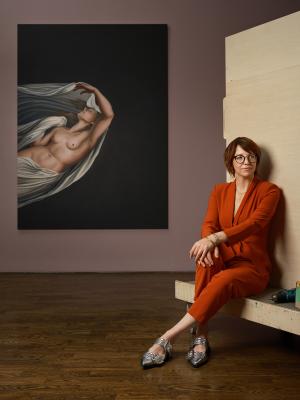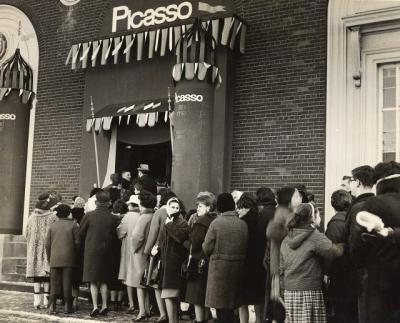A closer look at McNicoll
An animation of McNicoll’s painting Interior highlights how small details mark the passage of time.
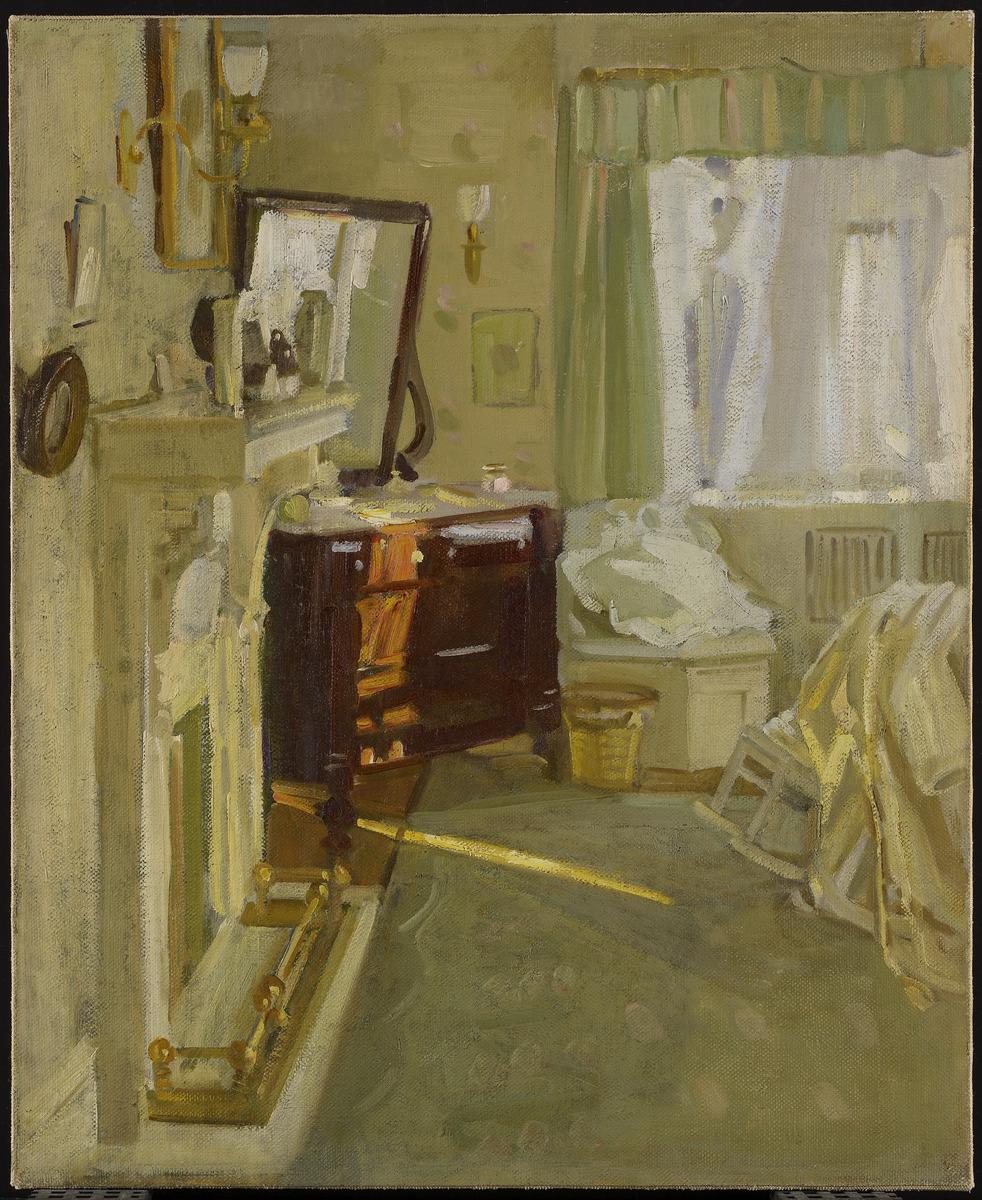
Helen Galloway McNicoll. Interior, c. 1913. Oil on canvas, Overall: 55.9 x 45.9 cm. Art Gallery of Ontario. Purchase, 1976. Photo © AGO. 75/100
Technically, paintings are static objects: an artist puts paint on canvas, and the finished work will remain that way until changed. However, this doesn’t mean our perception nor imaginings of the painting are also static — Impressionist paintings naturally lead viewers to imagine the real-life movement that led to its creation. Often artists will incorporate details in their paintings that allude to the everyday movement behind their captured scene, leaving it up to the viewer and their imagination to see the motion. These details can be as simple, and as subtle as a delicate beam of sunlight crawling across the floor in Helen McNicoll’s painting Interior (1913).
The AGO’s new exhibition Cassatt - McNicoll: Impressionists Between Worlds showcases the work of two Impressionist painters, American Mary Cassatt (1844-1926) and Canadian Helen McNicoll (1879-1915). While the exhibition highlights both painters’ depictions of modern womanhood and their influence on the development of Impressionism in North America, another impressive feat present in both Cassatt’s and McNicoll’s work is their attention to detail. Beyond showcasing their skill, these detail-rich paintings represent Cassatt’s and McNicoll’s creative agency as they deliberately composed their paintings.
Featured in the exhibition is McNicoll’s painting Interior from the AGO Collection. In this painting, McNicoll takes a fresh perspective on the common Impressionist subject of women in the intimate act of getting ready for the day. McNicoll’s Interior uniquely depicts this without a human figure, the painting instead filled with evidence of her presence: a bathrobe piled on a rocking chair, a slightly ajar dresser drawer, and a trail of footprints on the green rug. These small details signal a subject just departed, the crumpled robe and open drawer perhaps suggesting a hurried exit or the messiness of everyday life. A bold beam of sunlight glides across the floor and crawls up the dresser, McNicoll using this small detail to mark the passage of time.
The movement and passage of time alluded to in Interior is further imagined with a close-looking animation positioned in dialogue with the painting. This two-minute video follows the featured bedroom from morning to night, animating small everyday changes that would have likely occurred while McNicoll painted. The curtains of the room gently flutter as a breeze enters the open window. The rocking chair reveals the weight of the discarded bathrobe, gently rocking back and forth. The sunbeam crawls across the floor as early morning becomes midday. Footsteps appear on the carpet, and a shadow passes through the beam of sunlight, perhaps our absent subject leaving for the day. As night approaches, the room is dimly lit by a fire and flickering lamps.
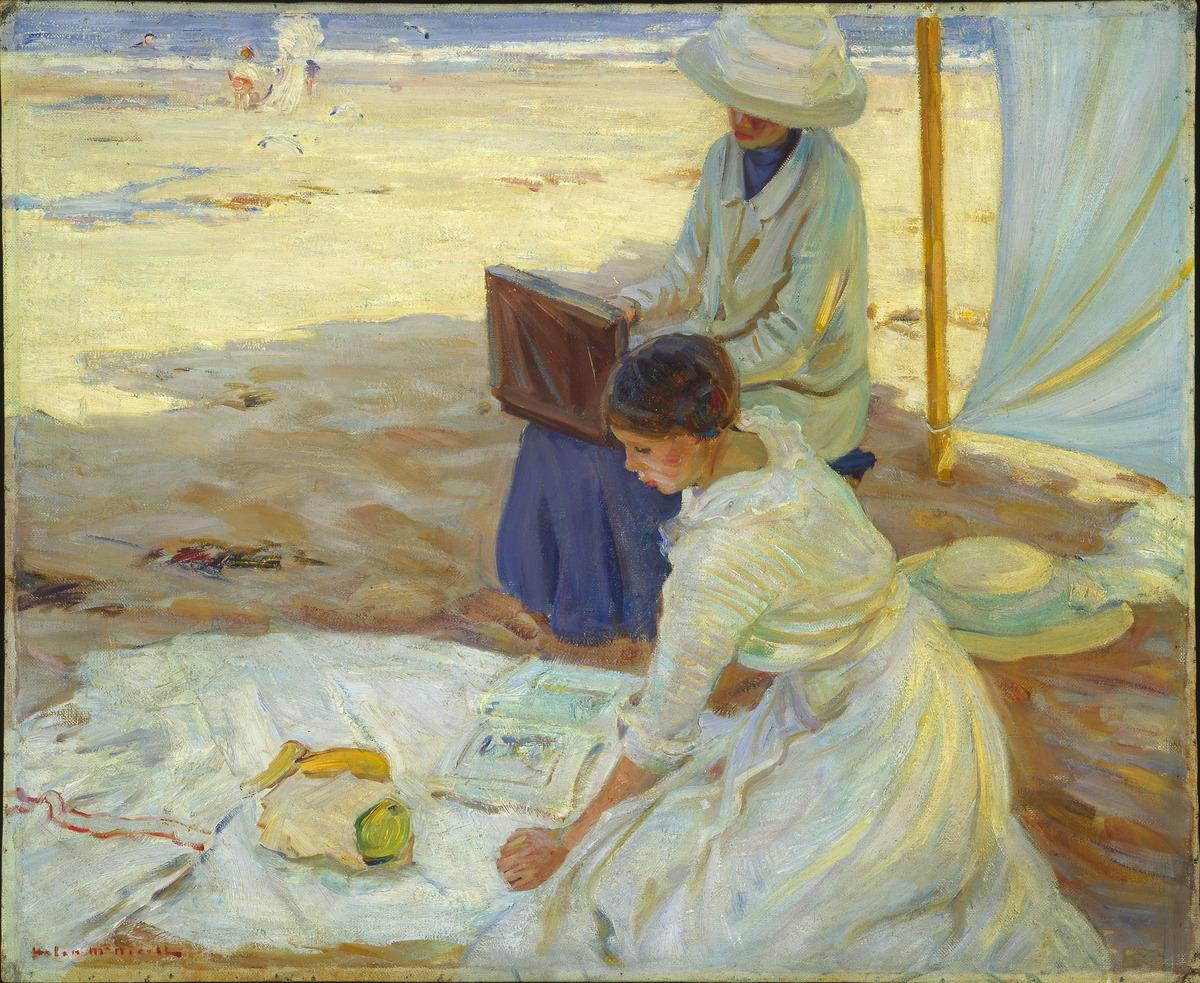
Helen Galloway McNicoll. Under the Shadow of the Tent, 1913. Oil on canvas. 83.5 × 101.2 cm. The Montreal Museum of Fine Arts, Gift of Mr. and Mrs. David McNicoll. Photo: Brian Merrett © MMFA
By closely looking at the details present in both McNicoll’s and Cassatt’s work, narratives can be revealed about how the women they painted experienced the world. McNicoll’s Under the Shadow of the Tent (1913) tells a story about two women artists at work on the beach, but are the apple and banana on the towel snacks for the young artists or subjects of their current artwork? What can the gold spoon and the pristine white gloves in Cassatt’s The Cup of Tea (1880-81) tell us about the sophisticated woman posed on the chair?
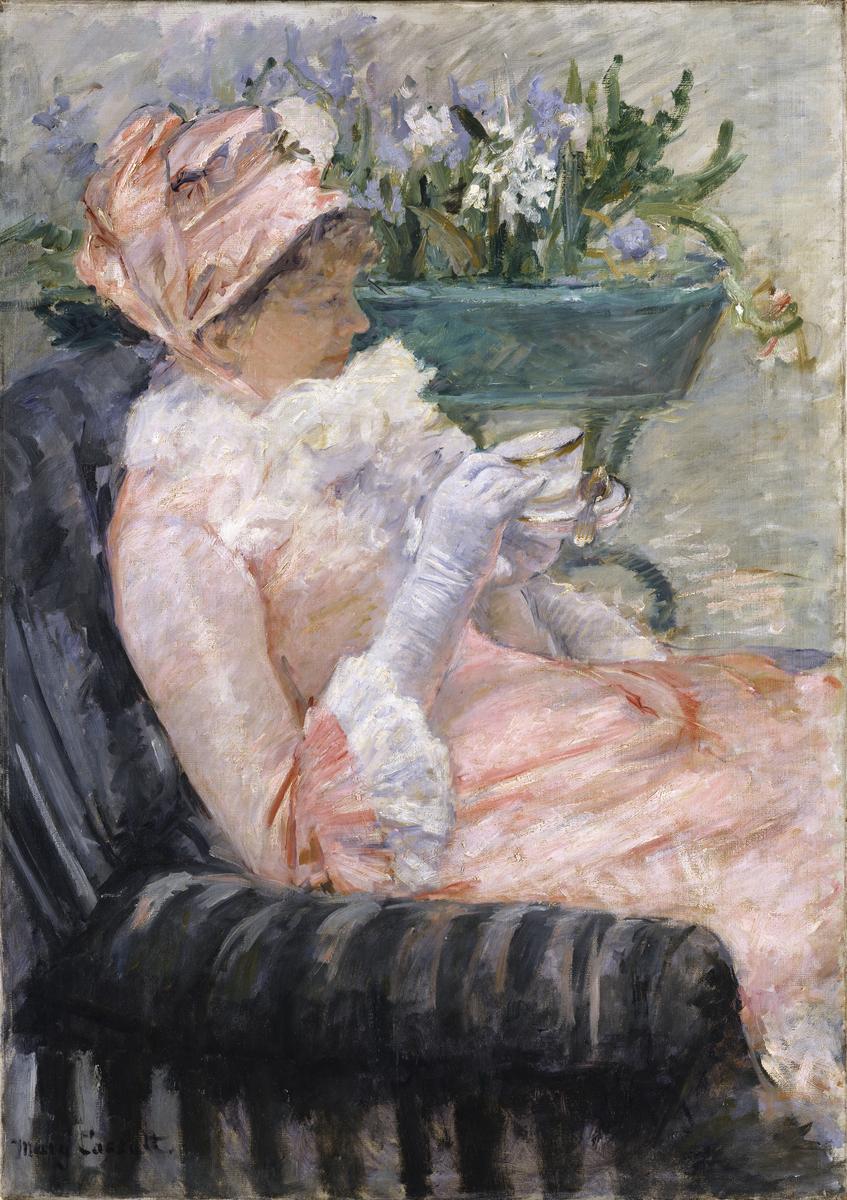
Mary Stevenson Cassatt, The Cup of Tea, c.1880-1881. Oil on canvas, 92.4 × 65.4 cm. Lent by The Metropolitan Museum of Art, From the Collection of James Stillman, Gift of Dr. Ernest G. Stillman, 1922 (22.16.17). Image © The Metropolitan Museum of Art / Art Resource, NY.
Take an intimate look at the paintings of Cassatt and McNicoll and craft your own narratives as you walk through Cassatt - McNicoll: Impressionists Between Worlds, on view until September 4, 2023, located in the Sam and Ayala Zacks Pavillion (gallery 245) on Level 2 of the AGO. Share your favourite details of Cassatt’s and McNicoll’s paintings with the AGO by tagging us on social media @agotoronto or using #seeAGO.
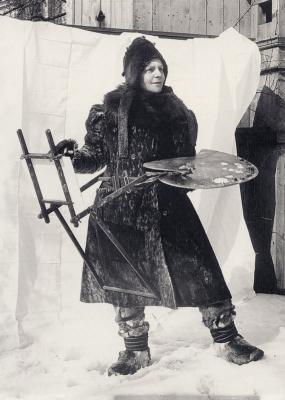
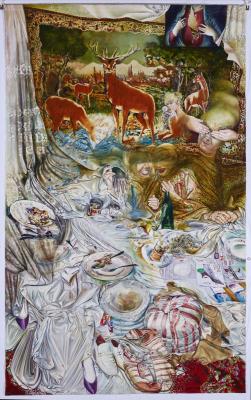
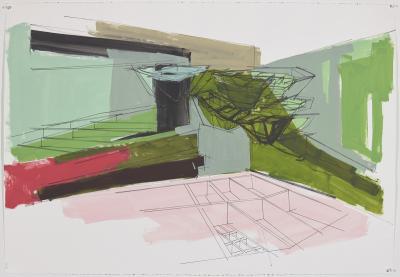

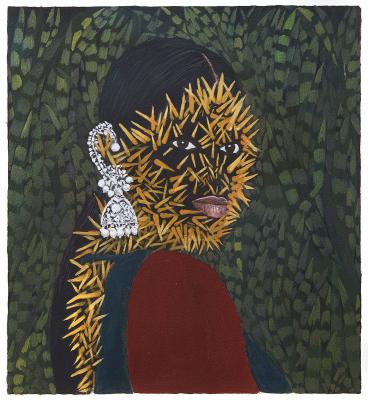

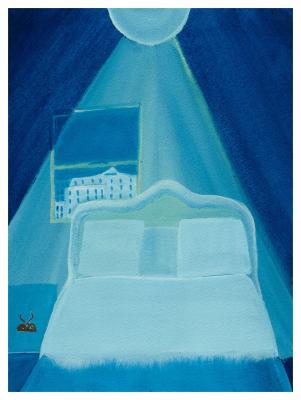
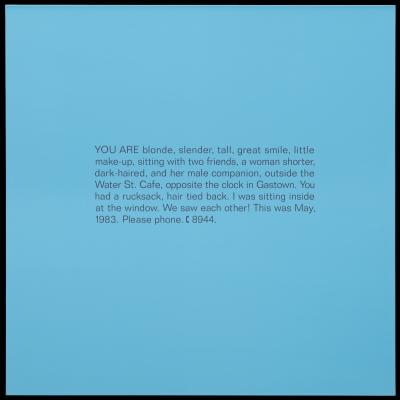
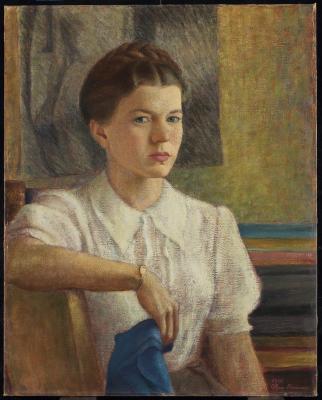
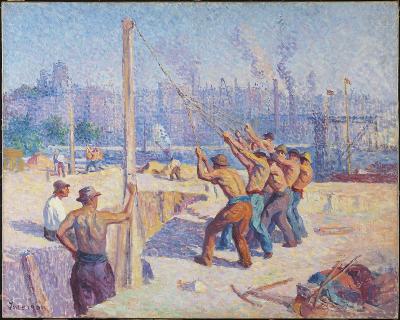
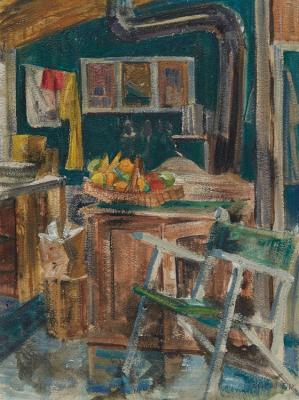
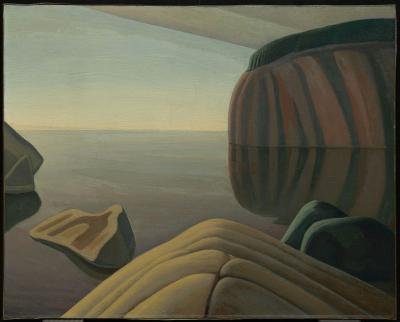
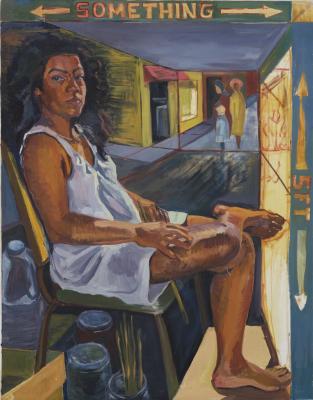
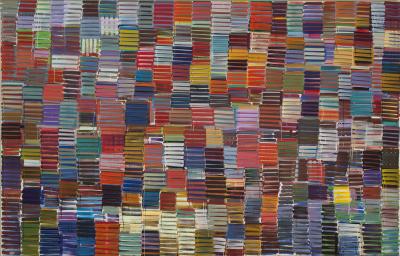

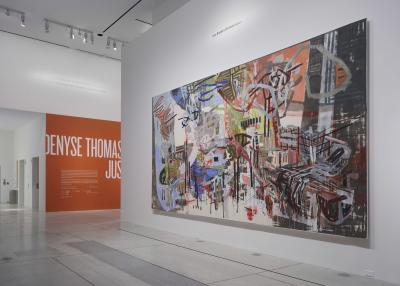
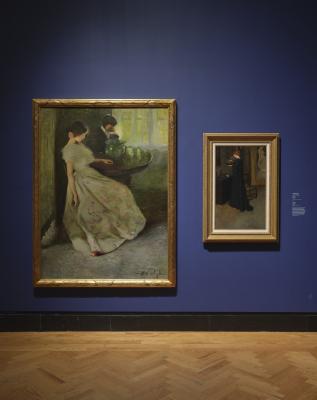
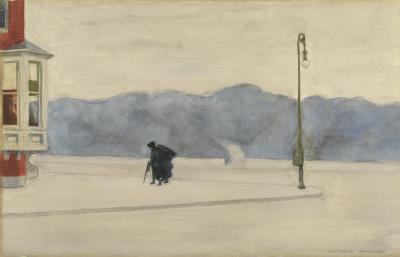

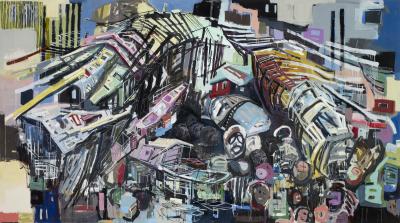
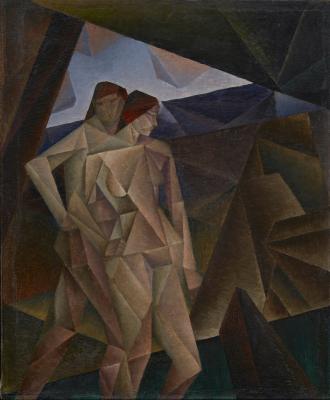
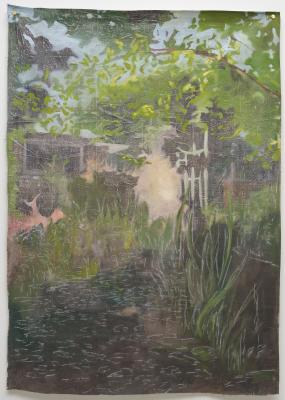
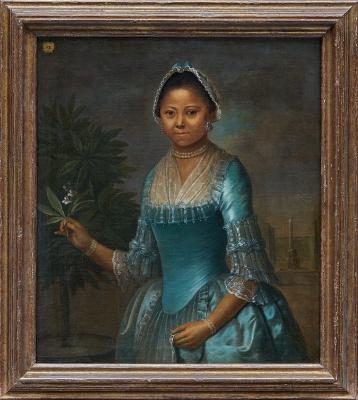

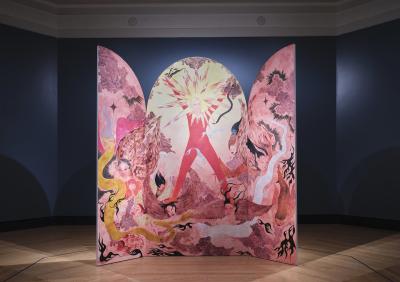
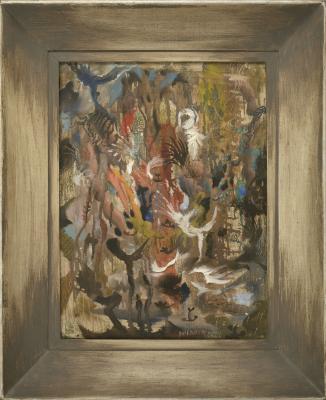
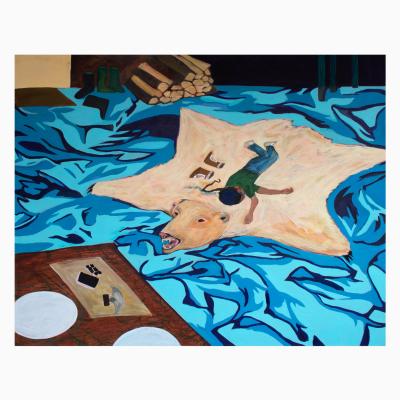
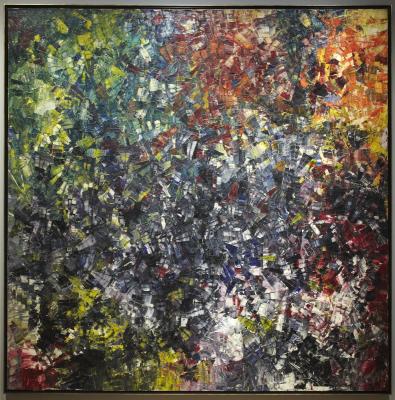
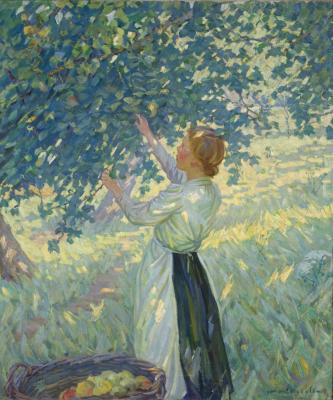
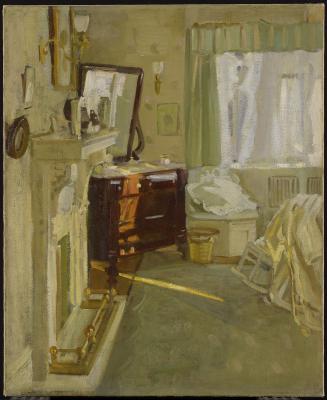


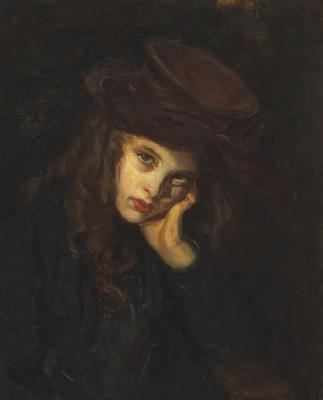
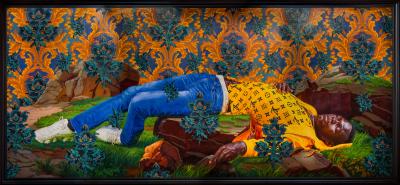

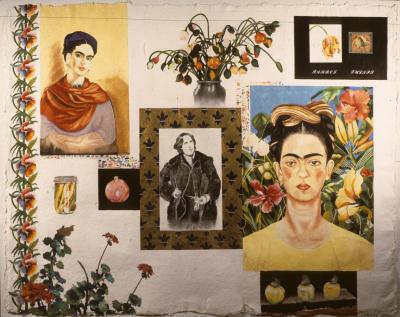
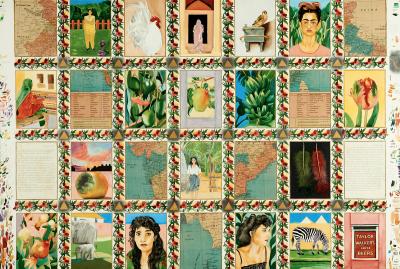
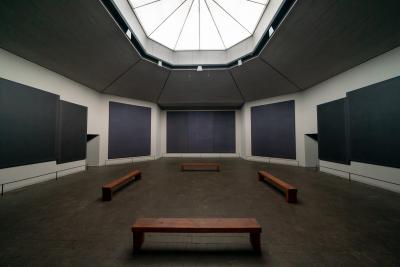
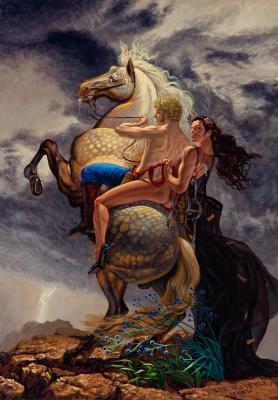
![Keith Haring in a Top Hat [Self-Portrait], (1989)](/sites/default/files/styles/image_small/public/2023-11/KHA-1626_representation_19435_original-Web%20and%20Standard%20PowerPoint.jpg?itok=MJgd2FZP)
